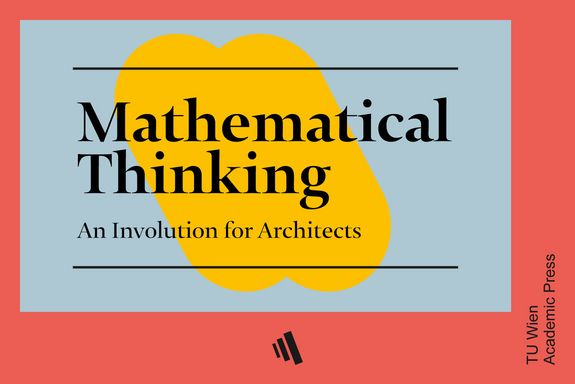The two most predominant characteristics of mathematical thinking are abstraction and diachronic validity. The currently dominant division between pure and applied mathematics eradicates both— how abstraction always guides method, and how the universality that pertains to mathematics constitutes transhistorical and transcultural validity. By the method guided by abstraction, this book understands a process of percolation which allows the filtering out of all irrelevant details pertaining to a particular problem, so that the invariants of this problem can be revealed, exposed, communicated, and translated, to help when coping with a similar problem in another situation. It is through the finding of such invariances that the diachronic validity of mathematical thinking can be enunciated beyond the writing of a linearly progressing ‘history of mathematics’, and also beyond the analytical fixation with axiomatics and foundation in an a-historical manner. The proposed view on mathematical thinking, and the creativity and inventiveness inherent to it, can connect in a surprising manner current physics with computation and the rich legacy of thinking the cosmos architectonically, in philosophy and in the arts. This book guides in an introductory manner through some of the many implications that come with this proposed “involution”.
The publication is available as an e-book and in print, opens an external URL in a new window.
The book appeared in the series “Meridian Architectonics, opens an external URL in a new window”
More on TU Wien Academic Press, opens an external URL in a new window

